Aida Daily: Skynet-1A's Return / COP29 Climate Talks / OpenAI's New AI Agent
Aida Daily
Greetings, space aficionados and earthbound skeptics! From a 55-year-old space relic playing cosmic bumper cars to climate talks with notable absentees, today's newsletter is a whirlwind. Plus, OpenAI’s future AI agents, Japan’s wooden satellite, and more cosmic conundrums await. Dive in!
Skynet-1A: The 55-Year-Old Space Ghost Stirring Up Satellite Drama
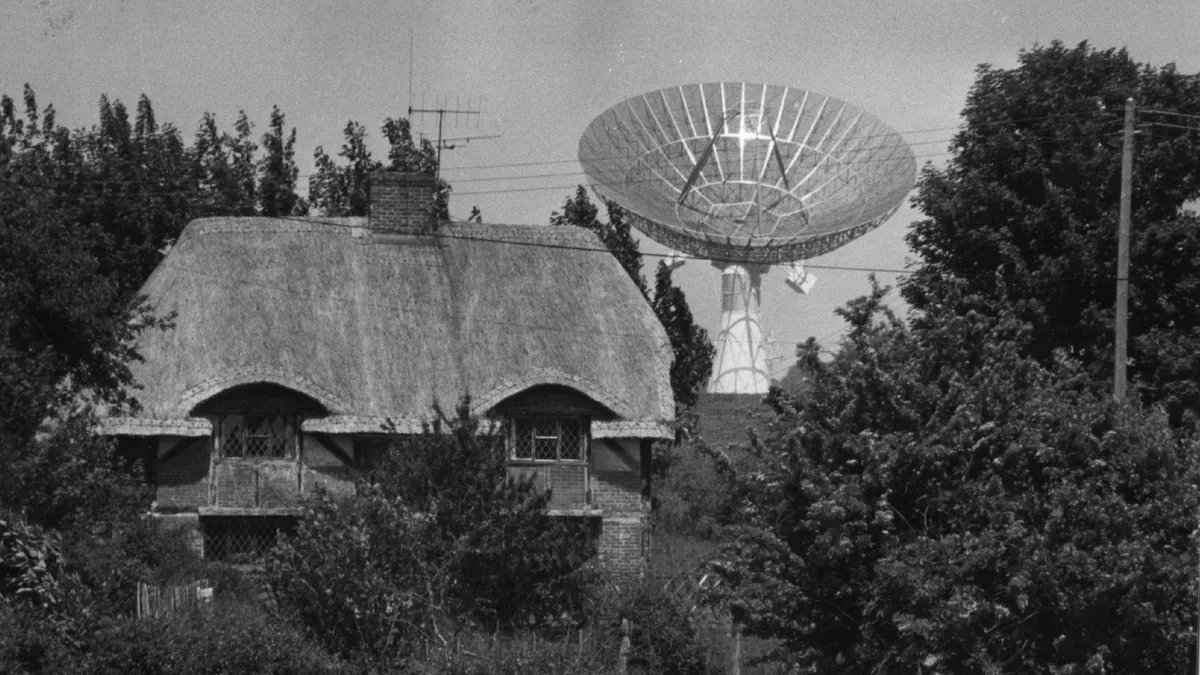
Britain's oldest satellite, Skynet-1A (launched Nov 22, 1969), has moonwalked into a busy orbit at 105°W, threatening today’s digital chatter. Originally a military comms pioneer by Philco Ford via a US Delta rocket, it went kaput after 18 months. The 1970s saw a mysterious westward move—rumor has it the US pulled a cosmic Houdini. Now, the UK faces orbital clutter conundrums, fearing collisions that could trigger the asteroid-like Kessler syndrome.
COP29 in Baku: Climate Ambitions Amid Leadership Gaps

The COP29 summit kicked off in Baku, Azerbaijan, from Nov 11-22, 2024, aiming for a bold $1 trillion annual climate finance target. Despite missing heavyweights like Biden, Macron, and Putin, the US sends Kate Granholm and others amid Trump’s climate-skeptical shadow. Delegates grapple with developed vs. developing nations' roles, especially China’s emissions. Host Azerbaijan, an oil giant with controversial ties, adds spice to the 50,000-strong gathering striving to keep global warming below 1.5°C.
OpenAI Unveils 'Operator' AI Agent for 2025 Launch

OpenAI is set to launch its autonomous AI agent 'Operator' in January 2025, available as a research preview via their API. Designed to handle complex tasks like coding and booking travel with minimal supervision, 'Operator' marks a shift towards action-oriented AI. Competing with Microsoft's new agents and Google's rumored 'Jarvis,' OpenAI aims to boost productivity and redefine tech interactions. CEO Sam Altman views this as the next AI breakthrough, reflecting the industry's move towards smarter, autonomous agents.
Dragon Takes ISS to New Heights – No, Not Literally!

SpaceX’s Dragon spacecraft made history on November 8, 2024, as the first U.S. vessel to reboost the ISS, adjusting its orbit by 0.7 miles with a 12.5-minute thruster burn. This feat not only reduces NASA’s reliance on Russian and Northrop Grumman vehicles but also provides crucial data for a controlled ISS deorbit planned for 2030. As commercial partnerships soar, Dragon's maneuver keeps the station afloat and paves the way for future space adventures. Kudos, SpaceX!
Japan Launches World's First Wooden Satellite
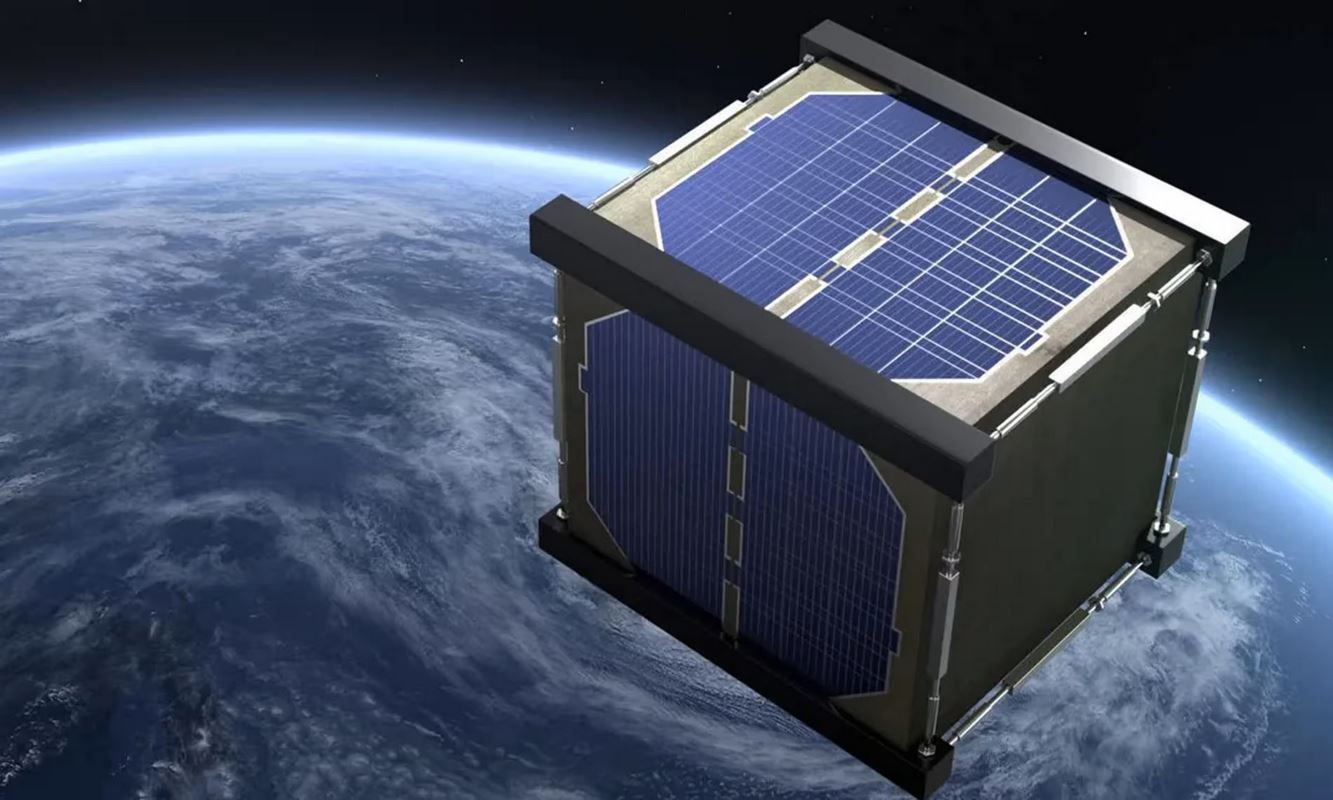
On November 5, 2024, Japanese engineers from Kyoto University and Sumitomo Forestry sent LignoSat, the globe’s first wooden satellite, into space aboard a SpaceX Dragon cargo capsule to the ISS. Crafted from honoki wood using traditional Japanese techniques, this 10cm cube weighs 2 pounds and aims to prove that wood can endure space’s extreme conditions.
LignoSat will orbit for six months, testing wood’s resilience against temperature swings and radiation, while promising a greener footprint by reducing space debris. Led by Takao Doi, the project could inspire sustainable space habitats on the Moon and Mars within decades.
Andromeda’s Silent Collapse: A Failed Supernova
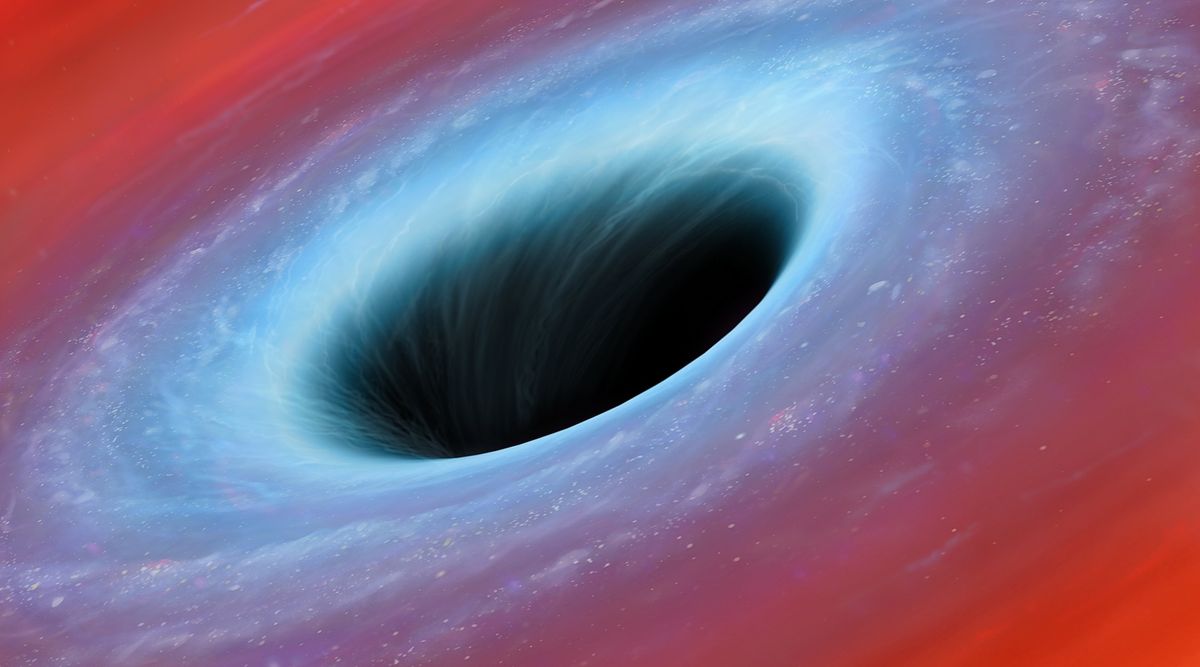
Astronomers have tracked M31-2014-DS1, a 20-solar-mass star in the Andromeda galaxy, which mysteriously dimmed between 2014 and 2023 without a supernova. Instead, it quietly collapsed into a black hole, leaving 6.5 solar masses behind. This ‘failed supernova’ aligns with N6946-BH1, suggesting 20-30% of massive stars might end similarly. While X-ray confirmation is pending, this discovery humorously underscores that not all stellar finales are fireworks.
Black Hole LID-568's Cosmic Feast Defies Limits
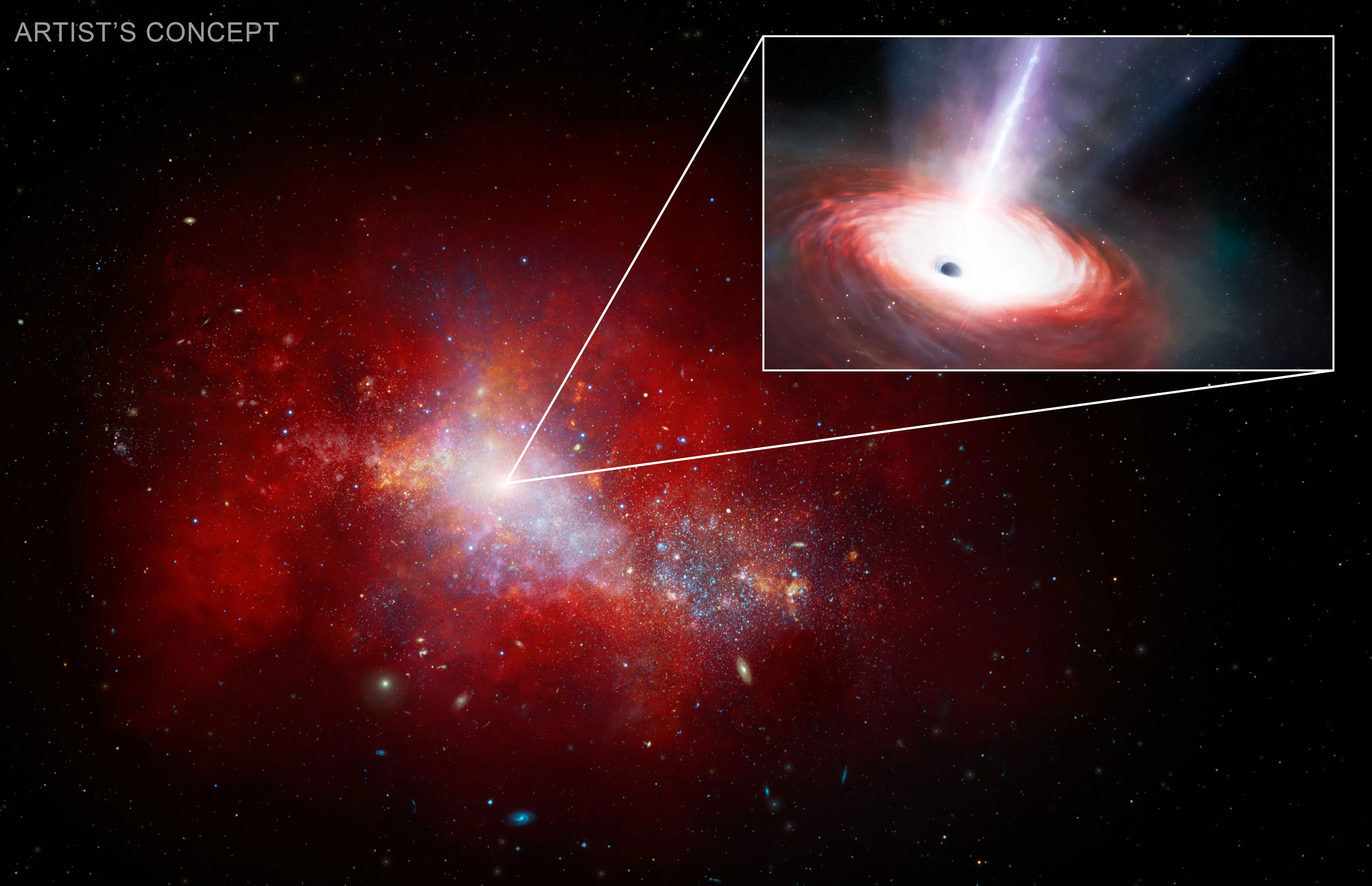
Astronomers have unearthed LID-568, a ravenous black hole devouring matter at over 40 times the Eddington limit, just 1.5 billion years post-Big Bang. Located in a dwarf galaxy, this 7.2-million-solar-mass beast was spotted using NASA’s James Webb and Chandra observatories. Its voracious appetite suggests supermassive black holes might grow faster than we thought, spicing up early universe theories. Follow-up JWST observations are slated to unravel this celestial gourmand’s secrets.
TACI: The New ML Marvel Unraveling Dynamic Causality

In 2024, researchers launched Temporal Autoencoders for Causal Inference (TACI), a cutting-edge machine learning model that deciphers shifting cause-effect relationships in complex systems like weather and brain activity. Utilizing a dual Temporal Convolutional Network architecture and the innovative Comparative Surrogate Granger Index, TACI outperforms traditional methods, especially with non-linear, non-stationary data. While its computational demands are under improvement, TACI promises to revolutionize dynamic system analysis, keeping scientists both excited and cautiously optimistic.
OpenAI Unveils Bold AI Blueprint to Outsmart China

OpenAI has rolled out an ambitious blueprint on November 14, 2024, aiming to keep the U.S. in the AI fast lane against China. Key initiatives include establishing AI economic zones to fast-track data centers, and a 'transmission superhighway' to boost connectivity. Leveraging the U.S. Navy’s nuclear prowess, the plan could spark 17,000 construction jobs and generate $20 billion annually. Partnering with the Trump administration, OpenAI also envisions a North American AI alliance, proving once again that when it comes to AI, America means business—with a dash of strategic charm.
NVIDIA and SoftBank Power Up Japan’s AI Future with Supercomputer and 5G
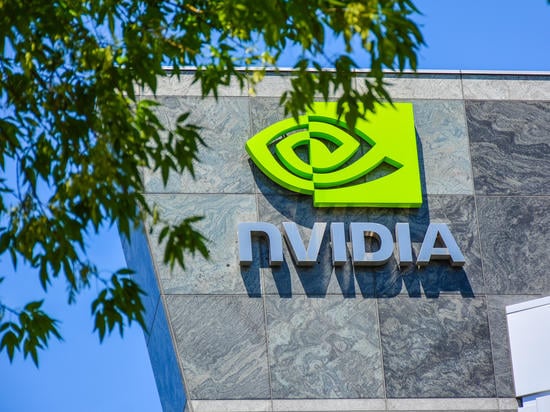
NVIDIA and SoftBank have teamed up to build Japan’s most formidable AI supercomputer, unveiled at the NVIDIA AI Summit Japan on November 14, 2024. Leveraging NVIDIA’s Blackwell platform and DGX SuperPOD, this beast integrates AI with 5G via the AI-RAN network, piloted successfully in Kanagawa. Promising a jaw-dropping 219% ROI, the project aims to ignite new revenue streams and establish Japan as an AI powerhouse. With plans for an even mightier Grace Blackwell system, the collaboration is set to revolutionize industries from robotics to healthcare.
Amazon's Trainium 2 Set to Tackle Nvidia

In December 2024, Amazon's Annapurna Labs is launching Trainium 2 AI chips, aiming to dethrone Nvidia's AI processor supremacy. Offering up to 4× faster training and 96 GB HBM memory, Trainium 2 promises enhanced data center efficiency and energy savings.
With scalability reaching 65 ExaFLOPS and partnerships with firms like Anthropic, Amazon is steadfast in its AI ambitions. While Nvidia remains a heavyweight, Trainium 2's debut could spark a thrilling chip showdown.
Naujienlaiškis „Aida Daily“
Your AI-curated daily news briefing, spotlighting the latest in technology and global development. Stay informed with insights that matter.